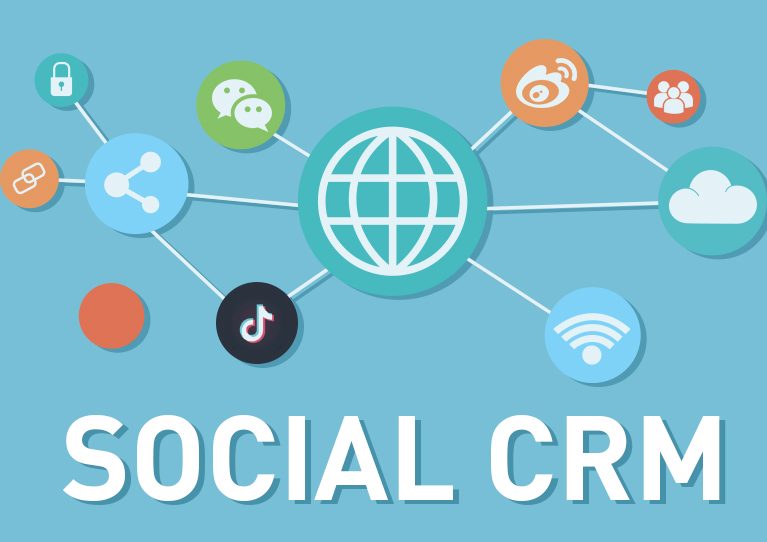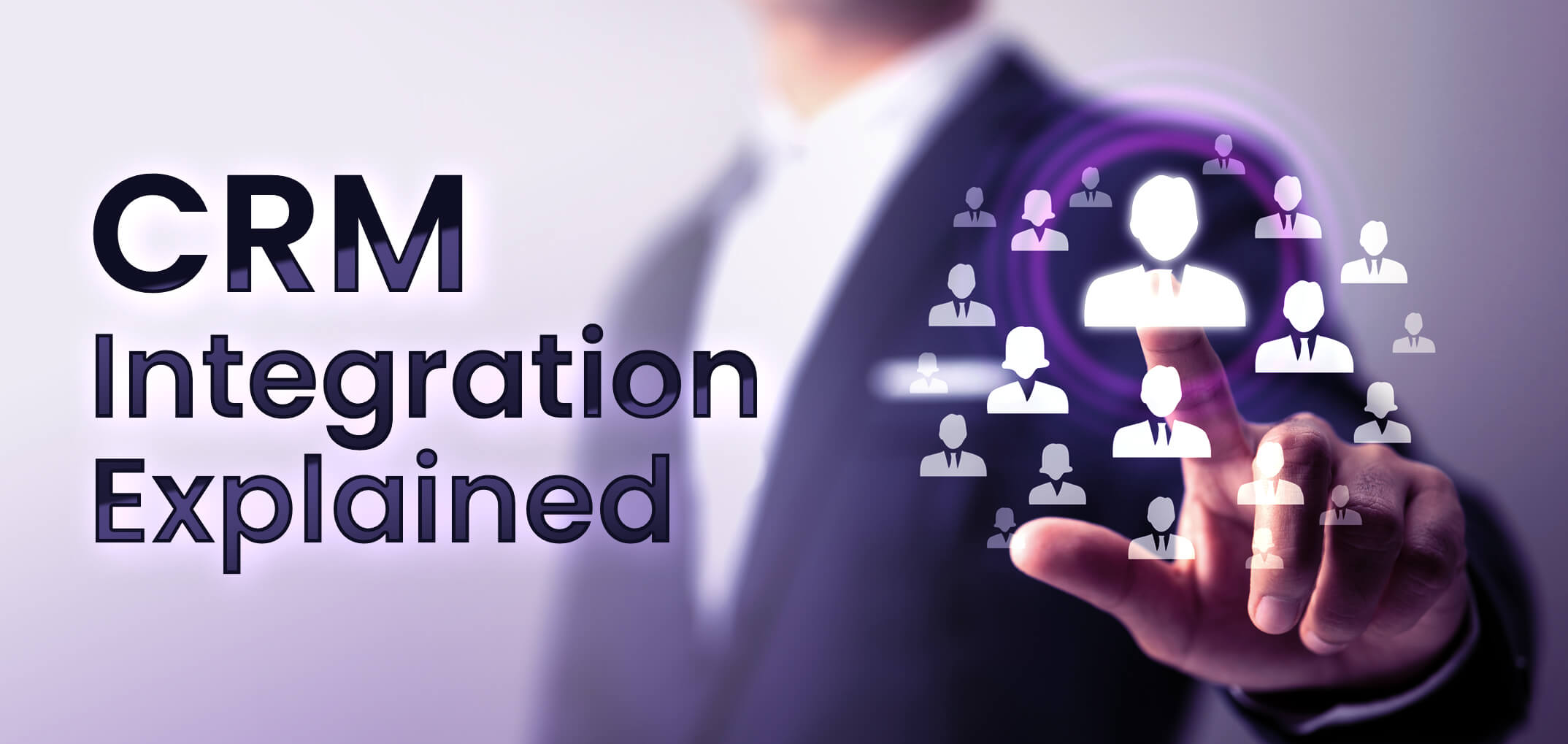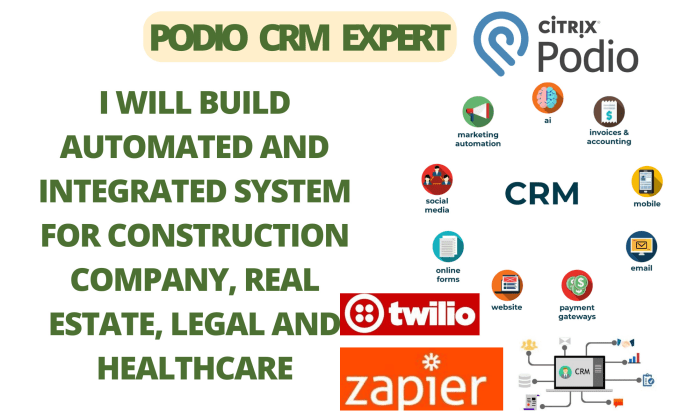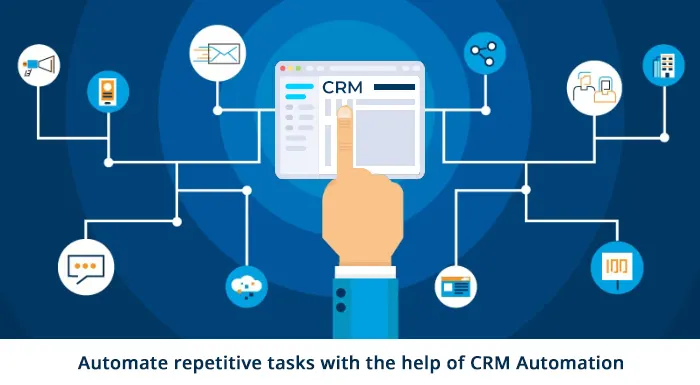Mastering CRM, Marketing, and Social Engagement: A Comprehensive Guide to Boosting Your Business

In today’s fast-paced digital landscape, businesses are constantly seeking ways to connect with their audience, nurture leads, and ultimately, drive sales. The trifecta of Customer Relationship Management (CRM), marketing strategies, and social engagement has emerged as a powerful force in achieving these goals. But understanding how to integrate these elements effectively can be a daunting task. This comprehensive guide will delve into the intricacies of each component, providing actionable insights and strategies to help you master CRM, marketing, and social engagement, ultimately transforming your business.
Understanding the Pillars: CRM, Marketing, and Social Engagement
Before we dive into the practical aspects, let’s establish a clear understanding of each pillar:
Customer Relationship Management (CRM)
CRM is more than just a software; it’s a philosophy centered around building and nurturing strong customer relationships. At its core, CRM involves managing all interactions with current and potential customers. This includes collecting and analyzing customer data, tracking interactions, and personalizing communication. Think of it as the central nervous system of your customer interactions, providing a 360-degree view of each customer.
Key Benefits of CRM:
- Improved Customer Satisfaction: By understanding customer needs and preferences, you can tailor your interactions and provide exceptional service.
- Increased Sales: CRM helps you identify and nurture leads, track sales opportunities, and close deals more efficiently.
- Enhanced Efficiency: Automating tasks and streamlining workflows frees up your team to focus on more strategic initiatives.
- Data-Driven Decision Making: CRM provides valuable insights into customer behavior, allowing you to make informed decisions about your marketing and sales strategies.
Marketing Strategies
Marketing encompasses all the activities involved in promoting and selling your products or services. It’s about understanding your target audience, crafting compelling messaging, and selecting the right channels to reach them. Effective marketing is no longer just about blasting out generic advertisements; it’s about creating personalized experiences that resonate with individual customers.
Key Components of a Successful Marketing Strategy:
- Target Audience Identification: Defining your ideal customer allows you to tailor your messaging and reach the right people.
- Content Marketing: Creating valuable and engaging content that attracts and educates your audience.
- Email Marketing: Nurturing leads and building relationships through targeted email campaigns.
- Search Engine Optimization (SEO): Optimizing your website and content to rank higher in search engine results.
- Paid Advertising: Utilizing platforms like Google Ads and social media to reach a wider audience.
Social Engagement
Social engagement goes beyond simply having a presence on social media platforms. It’s about actively participating in conversations, building relationships with your audience, and fostering a sense of community. It involves listening to your customers, responding to their questions and concerns, and providing valuable content that they will find interesting and shareable.
Key Elements of Effective Social Engagement:
- Active Listening: Monitoring social media channels for mentions of your brand and industry-related keywords.
- Content Creation: Sharing engaging and relevant content that resonates with your audience.
- Community Building: Fostering a sense of belonging and encouraging interaction among your followers.
- Customer Service: Providing prompt and helpful responses to customer inquiries and concerns.
Integrating CRM, Marketing, and Social Engagement: A Synergistic Approach
The true power lies in the integration of these three pillars. When CRM, marketing, and social engagement work together seamlessly, you can create a cohesive and personalized customer experience that drives results. This integrated approach allows you to:
- Gain a 360-Degree Customer View: CRM provides the foundation for understanding your customers. Marketing and social engagement efforts contribute valuable data that enriches this view.
- Personalize Customer Interactions: Use CRM data to tailor your marketing messages and social media content to individual customer preferences.
- Automate Workflows: Integrate CRM with marketing automation tools to streamline your processes and improve efficiency.
- Track and Measure Results: Monitor the performance of your marketing and social engagement efforts within your CRM to identify what’s working and what needs improvement.
Practical Strategies for Implementation
Now, let’s explore some practical strategies for implementing this integrated approach:
1. Choose the Right CRM Platform
Selecting the right CRM platform is crucial. Consider your business needs, budget, and technical capabilities. Some popular options include:
- Salesforce: A leading CRM platform offering a wide range of features and integrations.
- HubSpot CRM: A user-friendly CRM with a strong focus on marketing automation.
- Zoho CRM: A cost-effective CRM solution suitable for small and medium-sized businesses.
- Microsoft Dynamics 365: An integrated CRM and ERP solution for larger enterprises.
Key Considerations when Choosing a CRM:
- Scalability: Ensure the platform can grow with your business.
- Integrations: Look for integrations with your existing marketing and social media tools.
- Ease of Use: Choose a platform that is easy for your team to learn and use.
- Reporting and Analytics: Ensure the platform provides the reporting and analytics you need to track your results.
2. Develop a Comprehensive Marketing Strategy
Your marketing strategy should align with your overall business goals and target audience. Key elements include:
- Define Your Target Audience: Create detailed buyer personas to understand your ideal customers.
- Set Clear Objectives: Define specific, measurable, achievable, relevant, and time-bound (SMART) goals for your marketing efforts.
- Choose the Right Channels: Select the marketing channels that are most effective for reaching your target audience (e.g., social media, email, content marketing, paid advertising).
- Create High-Quality Content: Develop engaging and valuable content that resonates with your audience.
- Track and Analyze Results: Monitor the performance of your marketing campaigns and make adjustments as needed.
3. Implement a Robust Social Engagement Plan
Your social engagement plan should focus on building relationships, providing value, and fostering a sense of community. Key elements include:
- Choose the Right Platforms: Focus on the social media platforms where your target audience is most active.
- Develop a Content Calendar: Plan your content in advance to ensure consistency and relevance.
- Engage with Your Audience: Respond to comments, answer questions, and participate in relevant conversations.
- Run Contests and Giveaways: Encourage engagement and generate excitement around your brand.
- Monitor Your Brand Reputation: Track mentions of your brand and address any negative feedback promptly.
4. Integrate CRM with Marketing Automation
Marketing automation tools can streamline your marketing efforts and improve efficiency. Integrate your CRM with a marketing automation platform to:
- Automate Email Marketing: Send targeted email campaigns based on customer behavior and preferences.
- Nurture Leads: Create automated workflows to nurture leads through the sales funnel.
- Personalize Website Experiences: Tailor your website content to individual customer preferences.
- Track Customer Interactions: Monitor customer interactions across multiple channels and update their profiles in your CRM.
5. Leverage Social Listening Tools
Social listening tools can help you monitor social media conversations, track brand mentions, and identify trends. Use these tools to:
- Monitor Brand Mentions: Track mentions of your brand and respond to customer feedback.
- Identify Industry Trends: Stay up-to-date on the latest industry trends and developments.
- Discover Customer Insights: Gain insights into customer needs and preferences.
- Identify Influencers: Find and engage with relevant influencers in your industry.
6. Implement a Feedback Loop
Create a feedback loop between your CRM, marketing, and social engagement efforts. This involves:
- Tracking Customer Interactions: Capture all customer interactions in your CRM.
- Analyzing Customer Data: Analyze customer data to identify trends and patterns.
- Making Data-Driven Decisions: Use the insights you gain to refine your marketing and social engagement strategies.
- Continuously Improving: Continuously monitor your results and make adjustments to improve your performance.
Measuring Success: Key Metrics to Track
To ensure your efforts are effective, it’s crucial to track key metrics. These metrics will vary depending on your specific goals, but some common ones include:
- Customer Acquisition Cost (CAC): The cost of acquiring a new customer.
- Customer Lifetime Value (CLTV): The total revenue a customer is expected to generate over their lifetime.
- Conversion Rates: The percentage of users who complete a desired action (e.g., signing up for a newsletter, making a purchase).
- Website Traffic: The number of visitors to your website.
- Social Media Engagement: The number of likes, shares, comments, and followers on your social media platforms.
- Email Open Rates and Click-Through Rates: The percentage of emails opened and links clicked.
- Sales Revenue: The total revenue generated from sales.
- Customer Satisfaction: Measures of customer satisfaction, often through surveys or feedback forms.
Case Studies: Real-World Examples of Integrated Success
Let’s examine a few examples of businesses that have successfully integrated CRM, marketing, and social engagement:
Example 1: E-commerce Retailer
An e-commerce retailer uses its CRM to track customer purchase history, browsing behavior, and demographics. This data is used to:
- Personalize Email Campaigns: Sending targeted emails with product recommendations based on past purchases and browsing history.
- Run Targeted Social Media Ads: Creating social media ads that target specific customer segments with relevant products and promotions.
- Improve Customer Service: Providing proactive customer service based on customer purchase history and support interactions.
Results: Increased sales, improved customer loyalty, and a higher return on investment (ROI) for marketing campaigns.
Example 2: SaaS Company
A Software as a Service (SaaS) company uses its CRM to track leads, manage sales opportunities, and provide customer support. This data is used to:
- Nurture Leads Through the Sales Funnel: Sending automated email sequences to nurture leads and guide them through the sales process.
- Provide Personalized Demos and Trials: Offering personalized demos and free trials based on lead interests and needs.
- Gather Customer Feedback: Collecting customer feedback through surveys and support tickets to improve product development.
Results: Increased lead conversion rates, improved customer retention, and a higher customer lifetime value.
Example 3: Hospitality Business
A hotel uses its CRM to track guest preferences, booking history, and feedback. This data is used to:
- Personalize Guest Experiences: Offering personalized welcome messages, room upgrades, and amenities based on guest preferences.
- Promote Special Offers: Sending targeted email campaigns with special offers and promotions based on guest interests and booking history.
- Manage Social Media Presence: Engaging with guests on social media, responding to reviews, and promoting hotel events.
Results: Increased guest satisfaction, repeat bookings, and positive online reviews.
Challenges and How to Overcome Them
While the integration of CRM, marketing, and social engagement offers significant benefits, there are also challenges to consider:
- Data Silos: Data scattered across different systems can hinder a 360-degree customer view. Solution: Implement a CRM that integrates with your other tools, or use a data integration platform.
- Lack of Integration: Disconnected tools can lead to inefficiencies and missed opportunities. Solution: Choose tools that integrate seamlessly and train your team on how to use them effectively.
- Data Quality Issues: Inaccurate or incomplete data can lead to poor decision-making. Solution: Implement data validation processes and regularly clean your data.
- Resistance to Change: Employees may resist adopting new tools and processes. Solution: Provide adequate training, communicate the benefits clearly, and involve employees in the implementation process.
- Measuring ROI: It can be challenging to measure the ROI of your efforts. Solution: Set clear goals, track key metrics, and use analytics tools to measure your results.
The Future of CRM, Marketing, and Social Engagement
The landscape of CRM, marketing, and social engagement is constantly evolving. Here are some trends to watch:
- Artificial Intelligence (AI): AI is being used to automate tasks, personalize customer experiences, and provide predictive analytics.
- Personalization: Customers expect personalized experiences across all channels.
- Omnichannel Marketing: Businesses are using multiple channels to create a seamless customer experience.
- Video Marketing: Video is becoming an increasingly important medium for engaging with customers.
- Voice Search: Voice search is changing the way customers search for information.
- Privacy and Data Security: Protecting customer data is becoming increasingly important.
Conclusion: Embracing the Power of Integration
Mastering the integration of CRM, marketing, and social engagement is essential for businesses that want to thrive in today’s competitive market. By understanding the core principles of each pillar, implementing practical strategies, and continuously measuring your results, you can create a cohesive and personalized customer experience that drives growth and success. Embrace the power of integration and unlock the full potential of your business.




